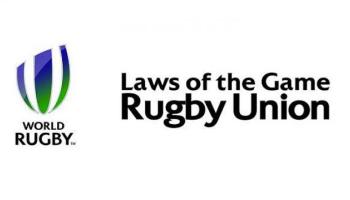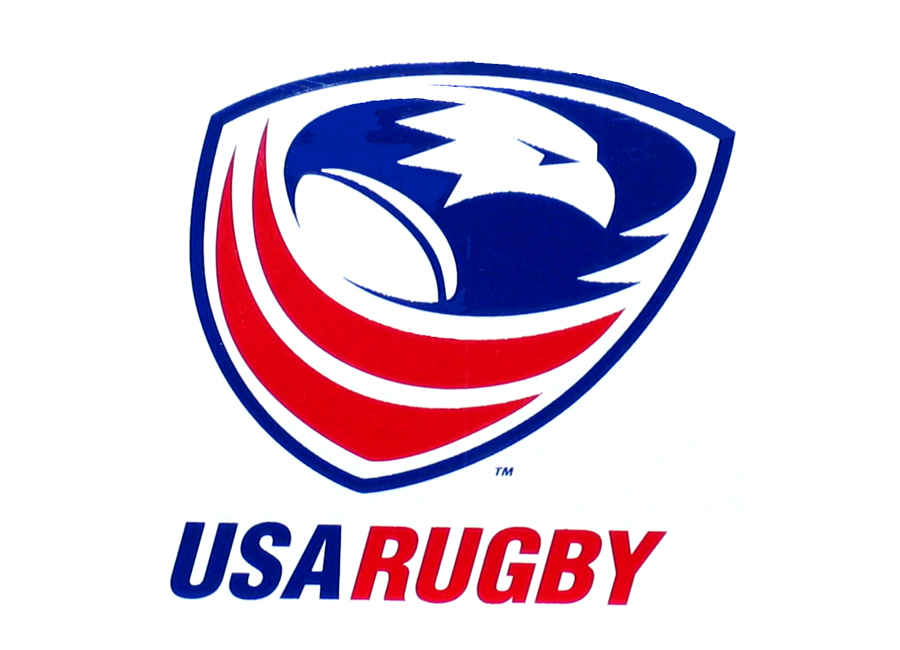The Rugby Committee has approved the use of the following World Rugby Global Law trials for seven a side rugby tournaments played in the USA and leading to a USA National Championship. These trials are to go into effect in the USA as of March 1st, 2017. World Rugby have approved their use in domestic 7s tournaments in the USA.
The original trial start date would have put the adoption of these trial laws into effect in the middle of our National 7s tournaments, and rather than change laws mid-stream we have opted to bring the law changes in early and operate the entire tournament set under the new laws.
Each of the law trials, and their specific law segment are listed below:
Law 5 Time
Add to 5.7(e) If a penalty is kicked into touch after time has elapsed without touching another player, the referee allows the throw-in to be taken and play continues until the next time the ball becomes dead.
Law 8 Advantage
Add to 8.1(a) When there are multiple penalty infringements by the same team, the referee may allow the captain of the non-offending team to choose the most advantageous of the penalty marks.
Law 9 Method of Scoring
9.A.1 (points values)
Penalty Try. If a player would probably have scored a try but for foul play by an opponent, a penalty try is awarded. No conversion is attempted.
Value: 7 points
Law 19 Touch and Lineout
• A player who is attempting to bring the ball under control is deemed to be in possession of the ball.
If a player jumps and knocks the ball back into the playing area (or if that player catches the ball and throws it back into the playing area) before landing in touch or touch-in-goal, play continues regardless of whether the ball reaches the plane of touch.
If the ball-carrier reaches the plane of touch but returns the ball to the playing area without first landing in touch, play continues.
If the ball has passed the plane of touch when it is caught, then the catcher is not deemed to have taken the ball into touch. If the ball has not passed the plane of touch when it is caught or picked up, then the catcher is deemed to have taken the ball into touch, regardless of whether the ball was in motion or stationary.
Sevens specific variations
Law 5 Time
Finals should last no longer than seven minutes each half (rationale is player welfare – the evidence shows that a disproportionate number of injuries take place in the second half of finals. Injuries per minute are higher in the second half of finals as opposed to the first half and throughout normal matches of seven minutes each way.)
Law 13 Kick off and Restarts
The restart kick must be taken within 30 seconds of a penalty kick or dropped goal being attempted where the kick is successful or goes dead. FK
Law 19 Touch and Lineout
Teams must form a lineout within 15 seconds from the time the referee indicates the place where the throw-in will take place. FK
Law 15 Scrum
Teams must be ready to form a scrum within 15 seconds from the time the referee indicates the mark of the scrum. FK
Law 21 Penalty and Free Kicks
A penalty or free-kick must be taken within 30 seconds of being awarded.




